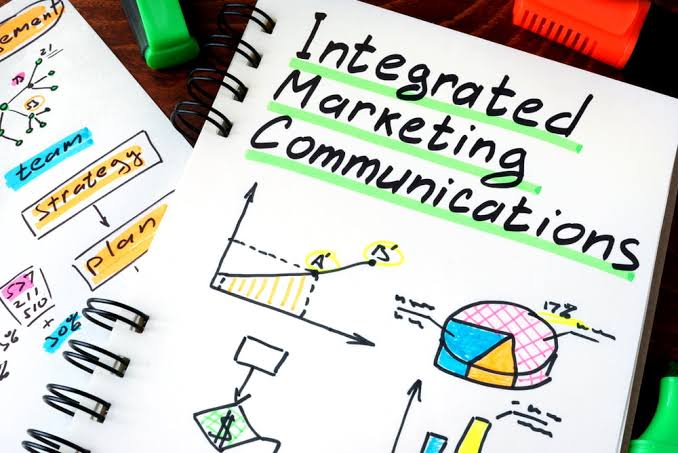By Zion Rufus
In today’s competitive business landscape, brands that successfully connect with customers and cultivate brand value and equity enjoy significant advantages.
These brands not only capture consumer attention but also influence their buying behavior. Meanwhile, the key lies in mastering effective brand strategy and marketing communication.
Time-tested brands that have stood the test of decades and outshone their competitors owe their success to a well-crafted brand strategy and consistent marketing communications.
These brands are instantly recognizable, even without their logos, as they have effectively communicated their philosophies, created compelling content, demonstrated ethical values, and strategically positioned themselves in the market.
Integrated Marketing Communication (IMC) plays a vital role in affirming the relevance and consistency of a brand’s strategy across all touchpoints with both existing customers and potential consumers. IMC ensures that various promotional methods within a marketing campaign align cohesively and work towards the same goals.
By employing an integrated approach, brands utilize a mix of communication tools, including traditional advertising, online marketing, public relations activities, sales campaigns, and email marketing, to convey a unified brand message.
This holistic approach considers all the touchpoints, both online and offline, where a brand interacts with its audience. It brings together various aspects of marketing communication, such as advertising, sales promotion, public relations, direct marketing, and social media, leveraging their respective tactics, methods, channels, media, and activities to work in harmony.
Consistency and repetition are crucial in building brand recognition, and by providing a consistent experience and delivery, brands can foster emotional connections and values with their customers.
A classic example of the importance of consistency can be seen in Coca-Cola’s 1985 attempt to change its recipe with New Coke, which resulted in a marketing disaster.
Over time, consumers form strong emotional bonds with the brands they patronize. Both the brand itself and its marketing plan must remain relevant to the customer’s needs and preferences.
Integrated marketing communication not only enhances brand recognition and trust but also allows brands to reach larger audiences. When multiple channels effectively communicate the brand and its message consistently, customers are more likely to recognize and trust the brand.
An integrated marketing communications strategy ensures this consistent delivery. Without such communication, the audience receives a disjointed brand experience, diminishing the chances of the intended message resonating.
Additionally, a well-positioned brand strategy, supported by effective marketing communication, empowers companies to create multifaceted marketing campaigns that target wider audiences through multiple channels. This expanded reach increases the company’s brand coverage and amplifies its impact in the market.
In this ever-evolving business landscape, brands that embrace a strategic approach to brand building and leverage the power of integrated marketing communication are poised for success as they continue to connect with customers on multiple levels and ensure consistent messaging.
As they also continue to establish themselves as leaders, they will undoubtedly enjoy a competitive edge that drives growth and customer loyalty.







Comment
No comments found.